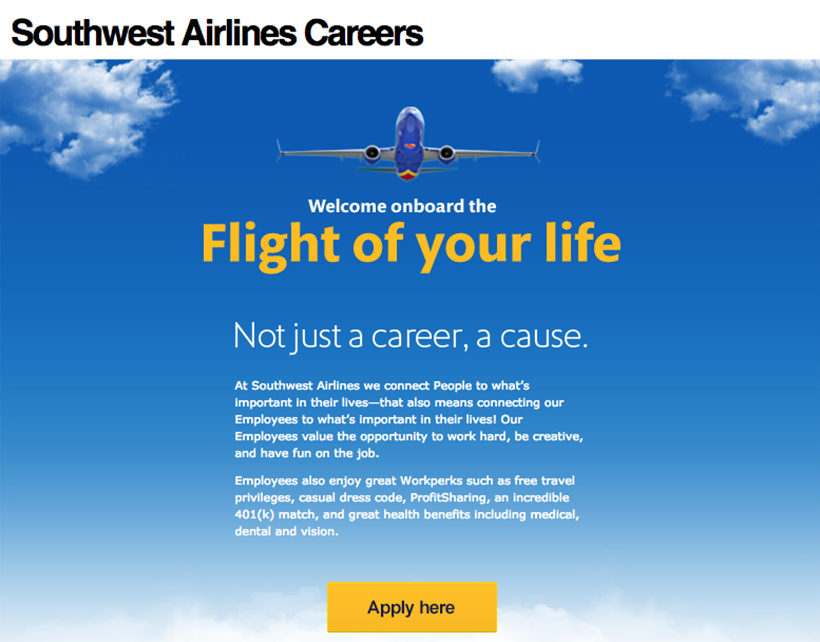Here’s a management-hiring test for you. You have interviewed several potential candidates to join your company. After the first round of interviews, one of them stands out as “the perfect candidate” — someone who not only meets but also surpasses all the prerequisites and checks off every skill and experience box on the job description. Seem like a no brainer? Well, maybe. But maybe not.
Skills and experience are vital, but not the whole story. How your candidate fits into your organization’s culture is a vital part of the hiring decision. Without that fit, even the best person can perform poorly.
Let me share a personal example. Years ago, I worked for a global high tech company with an open, free-wheeling culture. I was in sales, and I thrived in the autonomy and independence of the culture. In fact, I became president of the sales club, as the top salesperson for the firm, and went on to have a number of very good years. But circumstances changed, and I left that firm for a different one. This new company was all about the rules and what you could – and mostly – could not do. I lasted one unhappy year, and barely made quota. The company and I parted ways, neither happy with how the experience had worked out.
Bottom line? Your job offer needs to go to the candidate with both the resume and fit with your culture. That is the best way to secure a happy, productive, long-term relationship and ensure a happily ever after with your company. So, how do you attract qualified candidates who are also “like-minded”? Start with defining your “like-minded.”
Who You Are
To believe in your company values, purpose, and practices so strongly that you will make hiring, promotion and firing decisions on it, you must know who you are.
Many companies have their values and purpose defined. This is a part of your brand, as well as the foundation of your culture. Interviews, surveys, and focus groups are all ways to get at this information.
There are many great examples of companies and organizations with crystal clear values, purpose and culture. Zappos, of course, is famous for their Core Family Values and unique culture. Bank of America focuses on making financial lives better through a basic set of values and practices. The United States Navy, which is all about honor, courage and commitment, is very clear about who they are and how they behave.
Part of the work we do when we help a company with its brand is to help articulate the organization’s values and purpose. You can’t hire or retain the right people if you don’t know what you are looking for.
Recruiting the best
First impressions count. Do your recruitment materials create an impression that attracts the right people? Does your website make it easy for candidates to understand who you are and what you believe in?

Southwest Airlines wastes no time making its first impression. Purpose, vision and mission are seen upfront, along with links to what is important to the company.

The cultural fit interview
With effective recruitment materials, you should have some candidates. Use your hiring process to help distinguish between those with the skills and the cultural fit, and those with just the skills. The Harvard Business Review offers these questions as a way to assess cultural fit in an interview.
- What type of culture do you thrive in? (Does the response reflect your organizational culture?)
- What values are you drawn to and what’s your ideal workplace?
- Why do you want to work here?
- How would you describe our culture based on what you’ve seen? Is this something that works for you?
- What best practices would you bring with you from another organization? Do you see yourself being able to implement these best practices in our environment?
- Tell me about a time when you worked with/for an organization where you felt you were not a strong culture fit. Why was it a bad fit?
Now what?
The offer has been made and accepted. We encourage our clients to take advantage of the pre-work period to reinforce the culture and right expectations before the new hire steps through the door. Less is more — you want to make sure not to overwhelm the person with too much stuff. A link to a video from your CEO welcoming the new hire and talking about company culture is a good start.
Onboarding programs are your next best opportunity for reinforcement and education. How does your employee website talk about values and culture? However, realistically, many new hires skim the orientation materials, because aside from signing up for benefits, the rest is just “more stuff” to get through before jumping into the new job.
So that means the hiring manager is key to the process.
Managers as culture ambassadors
An early conversation between a new employee and his or her manager revolves around expectations and goals. A review of the job requirements should include more than setting goals for what the employee is expected to accomplish — there should be equal emphasis on how the work is to get done.
The company can help managers with this conversation by providing clear descriptions of cultural expectations (such as, teamwork, sharing the credit, open communication) and the behaviors attached to them. Managers should also be expected to discuss cultural fit during review sessions over the course of the year. Ideally, at performance review time, how the employee performed is as important as what the employee accomplished.
The take-away
Intentional communication is the key before, during and after hire. In fact, over-communication and repetition of the following messages do make a measurable difference:
- Your company’s reason for existence,
- The specific set of behavior core values your organization embraces,
- The strategic anchors that define success and differentiate your company from competitors, and
- Your organization’s current top priority/goal that you can rally around and collectively feel ownership in.
Leaders too often confuse the mere transfer of information to an audience with the audience’s ability to understand, internalize and embrace messages that are being communicated. The only way people embrace a message is to hear it over a period of time, in a variety of situations, from different sources and over different channels. In other words, consistent messaging is an important tool for attracting and retaining the right people to your organization.
Another is structural alignment. Messages best become embedded into the fabric of an organization, when leaders align all processes that involve people — from hiring and employee management to onboarding, training, development and methods of compensation — to reinforce the company’s consistent messages. Each stage or employee activity has a role to play and therefore offers a unique opportunity.
But as we all know, it’s not just what you say, it’s what you do. Make sure your leaders are terrific culture ambassadors for you, and that they model the behaviors you want to see in your company — those who don’t need to change. And if change is not possible, those leaders need to go elsewhere. Yes. It’s that important.
Culture eats strategy for breakfast (Peter Drucker)
Why is it that important? Because culture drives employee behavior and guides the way a company operates. A strong positive culture means employees are engaged in the business, excited about the possibilities, and heavily vested in the organization’s success. A weak or dysfunctional culture drives self-interest, risk-averse decision making, and mistrust. In the end, a company’s bottom-line reveals the truth. Research shows that it is always harder for a company with a negative culture to outperform one with a strong culture. Keeping your culture alive and vital through who you hire, develop and retain will make it easier for your company to reach its business goals.
Suggested reading
Fast Company: Culture Eats Strategy for Lunch
Nuts! Southwest Airline’s Crazy Recipe for Business and Personal Success
Forbes: How to Build a Great Company Culture
Zappos Insights: What Does Hiring for Culture Fit Really Mean?
